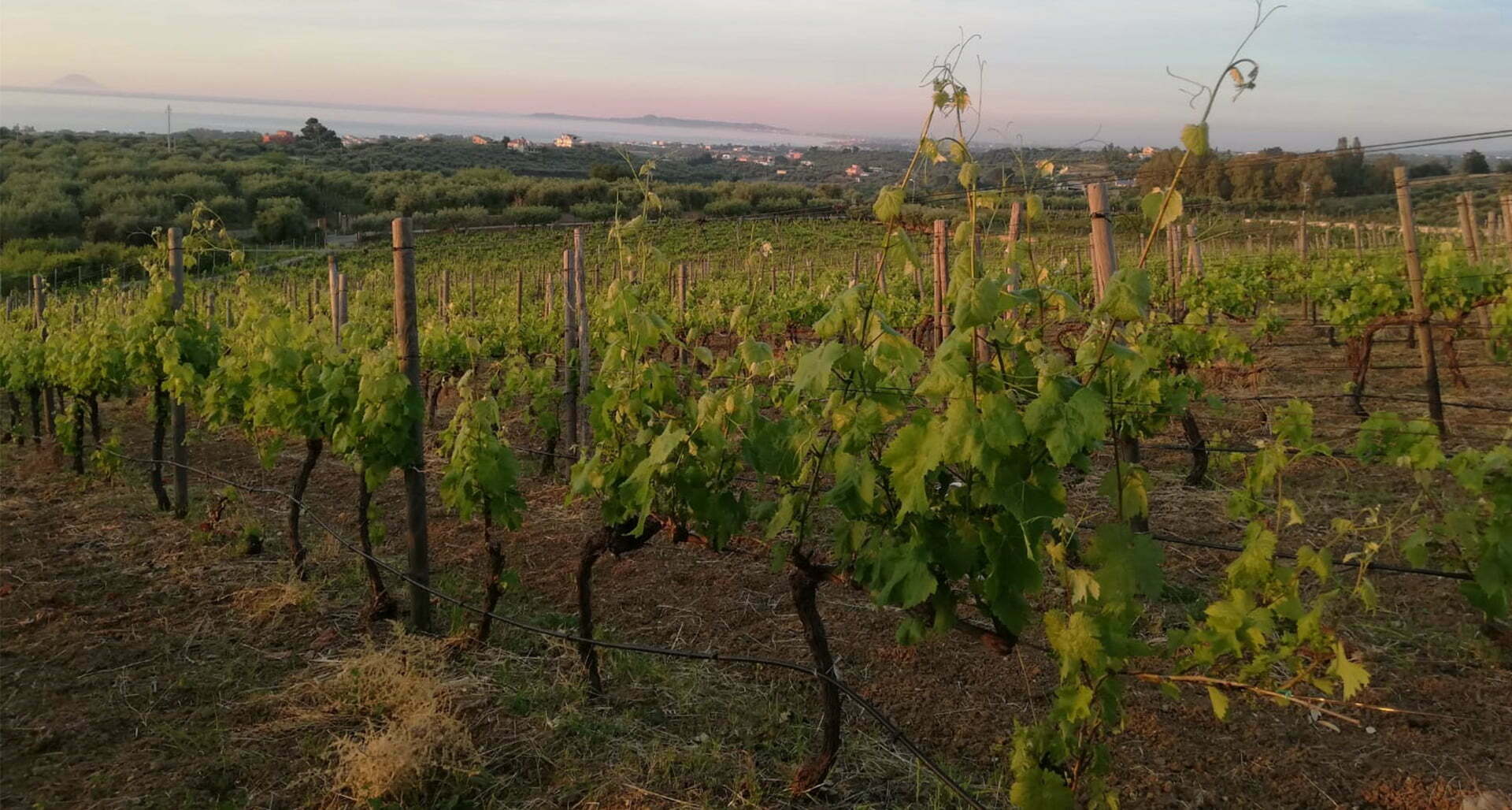Five varieties that give life to a dozen possible wines of the DOC Mamertino that reveal the region.
Full flavoured and light whites which prove to be well structured in the reserve wine. The reds show great drinkability and innovation which, thanks to a freshness typical of the territory, are suitable for all palates. When aged in wood they are also of great consistency and longevity thanks to a good acidity and a suitable alcohol content.
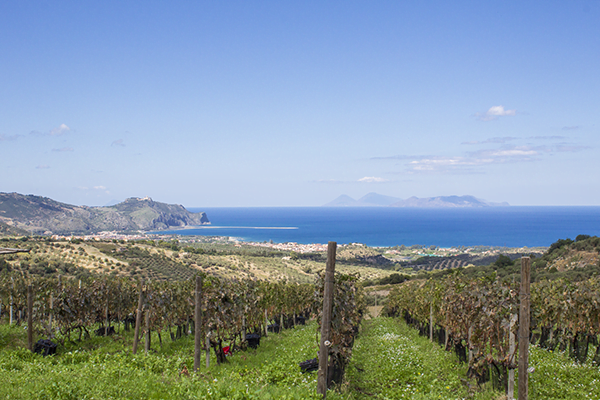
Five varieties that give life to a dozen possible wines of the DOC Mamertino that reveal the region.

Full flavoured and light whites which prove to be well structured in the reserve wine. The reds show great drinkability and innovation which, thanks to a freshness typical of the territory, are suitable for all palates. When aged in wood they are also of great consistency and longevity thanks to a good acidity and a suitable alcohol content.
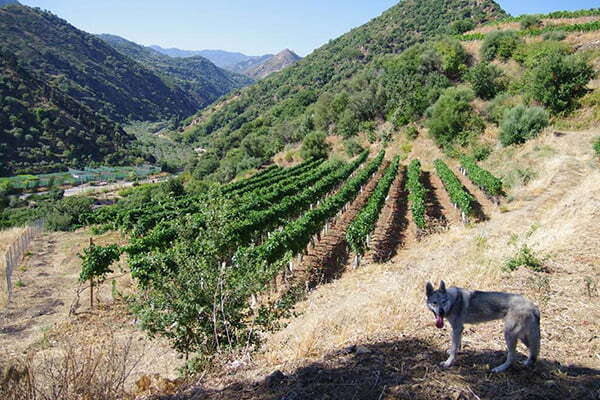
Mamertino White and bianco riserva
A blend of white grapes that arises from the vinification of Catarratto, Grillo, Inzolia and / or other white berried DOC Mamertino wines (up to a maximum of 20%), creates the white Mamertino. For the white Mamertino Riserva, in addition, there is a minimum aging process of 24 months (of which at least 6 in wood).
Mamertino White and bianco riserva

A blend of white grapes that arises from the vinification of Catarratto, Grillo, Inzolia and / or other white berried DOC Mamertino wines (up to a maximum of 20%), creates the white Mamertino. For the white Mamertino Riserva, in addition, there is a minimum aging process of 24 months (of which at least 6 in wood).
Mamertino red and rosso riserva
Nero d’Avola (with a minimum percentage of 60%), Nocera (with a minimum percentage of 10%) and other red grape varieties suitable for cultivation in the Sicily region (up to a maximum of 30%) compete to create the DOC Mamertino wines. For the Mamertino Rosso Riserva, in addition, a minimum aging of 24 months is expected, (of which at least 6 in wood).
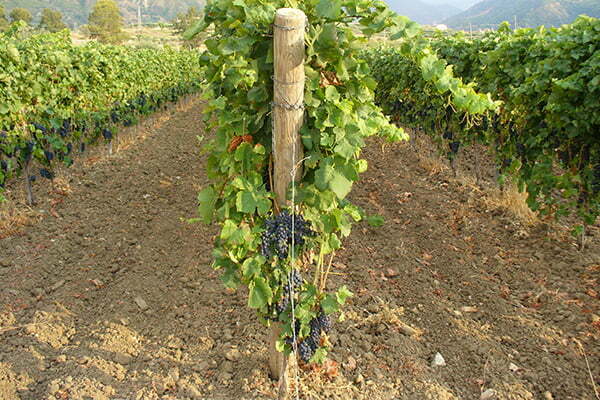
Mamertino red and rosso riserva

Nero d’Avola (with a minimum percentage of 60%), Nocera (with a minimum percentage of 10%) and other red grape varieties suitable for cultivation in the Sicily region (up to a maximum of 30%) compete to create the DOC Mamertino wines. For the Mamertino Rosso Riserva, in addition, a minimum aging of 24 months is expected, (of which at least 6 in wood).
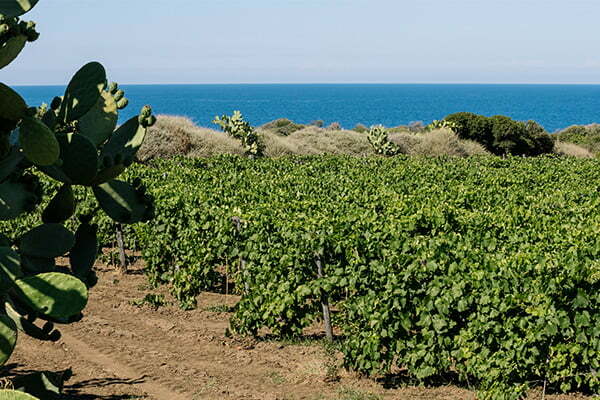
Mamertino Calabrese or Nero d'Avola and Calabrese or Nero d'Avola riserva
The red berried grapes of the most famous Sicilian vine can be vinified alone or in a blend (minimum 85%) with other red berried DOC Mamertino wines suitable for cultivation in the Sicilian region up to a maximum of 15%. For the Calabrese or Nero d’Avola Riserva, in addition, a minimum aging of 24 months is required (of which at least 6 in wood).
Mamertino Calabrese or Nero d'Avola and Calabrese or Nero d'Avola riserva
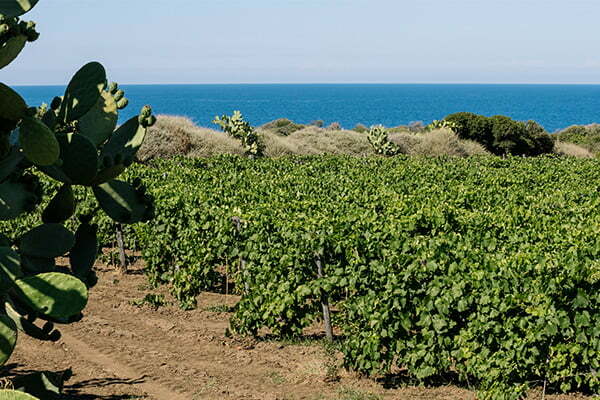
The red berried grapes of the most famous Sicilian vine can be vinified alone or in a blend (minimum 85%) with other red berried DOC Mamertino wines suitable for cultivation in the Sicilian region up to a maximum of 15%. For the Calabrese or Nero d’Avola Riserva, in addition, a minimum aging of 24 months is required (of which at least 6 in wood).
The native grape of the area: Nocera
Historically cultivated in the Messina area, before spreading to other territories (it is also widespread in Calabria, as well as in France in the territory of Provence and Beaujolais), Nocera has found its greatest vocation in the promontory of Milazzo, where in recent years some companies have taken it up and enhanced it with extraordinary results. It is a large-berried grape – when compared to the classic Sicilian varieties – with a loose cluster and a pulp-skin ratio to the advantage of the pulp. The grape has an intermediate shape, a pronounced bloom and a bluish-black colour skin that distinguishes it visibly, develops prominent aromatic scents and good chromatic intensity thanks to a massive presence of anthocyanins. Production is abundant and ripens in September. It resists disease well and is often vinified both alone, but above all, in a blend with other grapes such as Nero d’Avola and / or with other DOC Mamertino wines (for a maximum of 40%): the real keystone of Mamertino that constitutes its regional trademark.
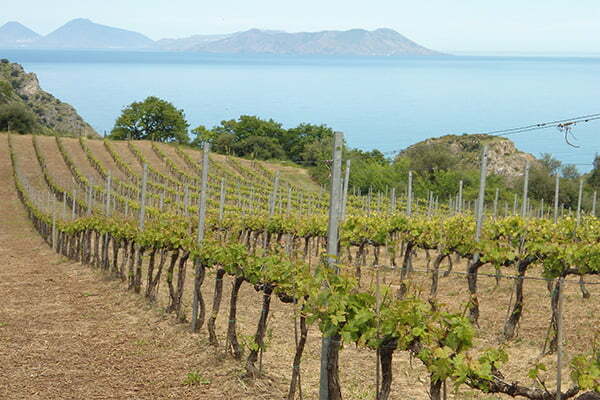
The native grape of the area: Nocera

Historically cultivated in the Messina area, before spreading to other territories (it is also widespread in Calabria, as well as in France in the territory of Provence and Beaujolais), Nocera has found its greatest vocation in the promontory of Milazzo, where in recent years some companies have taken it up and enhanced it with extraordinary results. It is a large-berried grape – when compared to the classic Sicilian varieties – with a loose cluster and a pulp-skin ratio to the advantage of the pulp. The grape has an intermediate shape, a pronounced bloom and a bluish-black colour skin that distinguishes it visibly, develops prominent aromatic scents and good chromatic intensity thanks to a massive presence of anthocyanins. Production is abundant and ripens in September. It resists disease well and is often vinified both alone, but above all, in a blend with other grapes such as Nero d’Avola and / or with other DOC Mamertino wines (for a maximum of 40%): the real keystone of Mamertino that constitutes its regional trademark.


